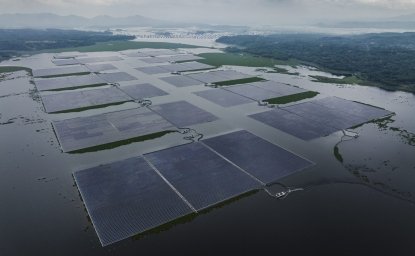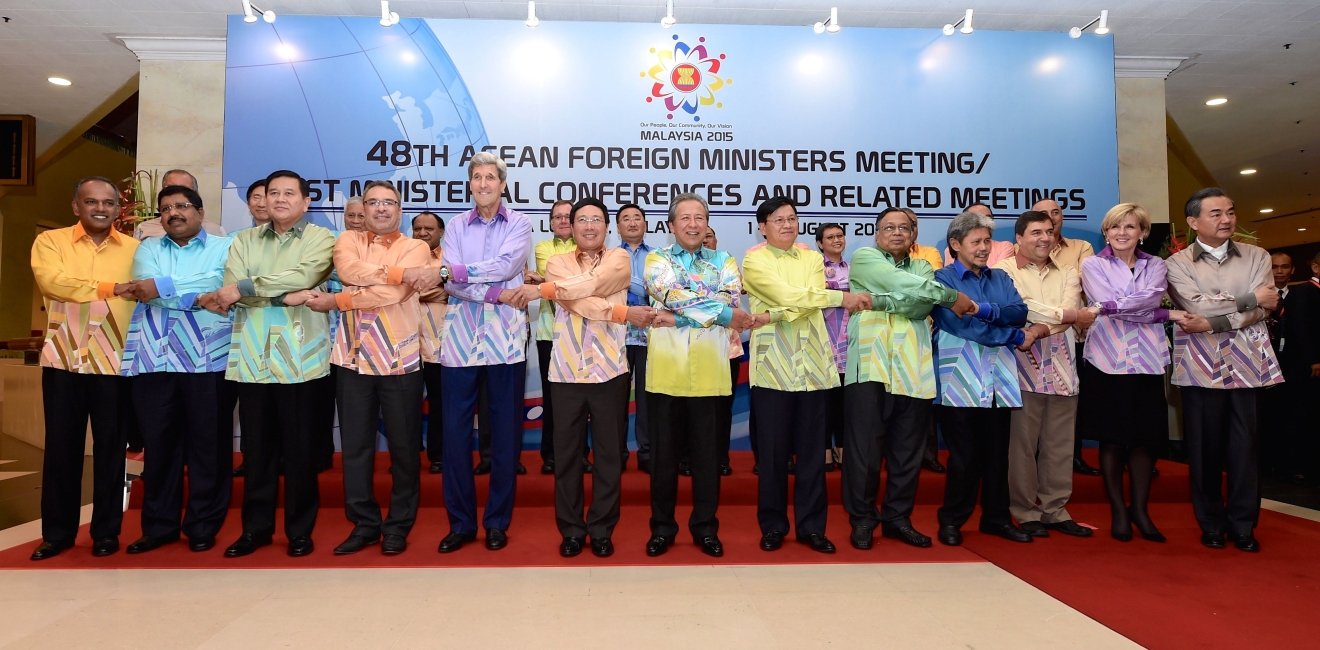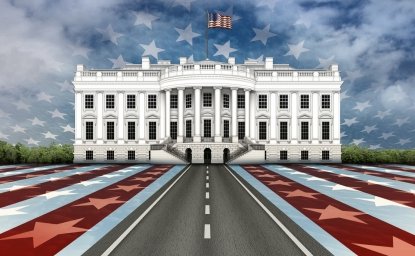Southeast Asian Countries Expect:
- President Trump to prioritize the U.S.-ASEAN strategic partnership; the newly elected President should host a second U.S.-ASEAN Leaders Summit in his first year in office.
- Robust and sustained economic engagement with the region; passing the Trans Pacific Partnership is number-one on their wish list but seems extremely unlikely.
- A stable, non-confrontational U.S.-China relationship.
Q: What is the greatest challenge facing the next administration’s relationships with Southeast Asian countries?
A: U.S. strategy toward Southeast Asia continues to posit the region as a subset of U.S.-China relations, but the United States’ relationships with the 10 member countries of the Association of Southeast Nations (ASEAN) are of growing importance in their own right – even without China in the picture. The challenge for policymakers in the Trump administration will be reinforcing ASEAN unity in order to strengthen Southeast Asia’s pivotal role in promoting regional peace and security.
Since its founding, ASEAN has established habits of cooperation that make bilateral disputes easier to manage. It has given countries ranging in size from Indonesia (nearly 255 million people) to the sultanate of Brunei (fewer than 500,000) sufficient cohesion to stand up to great powers such as China. In the absence of a comprehensive security architecture in Asia, ASEAN worked toward maintaining a balance of power in the face of great power rivalry. A divided Southeast Asia would allow big powers, such as China, to shape the region in ways that could be detrimental to America’s interests.
Q: What will President Trump need to do to manage this challenge?
A: At a minimum, President Trump should sustain the level of engagement with Southeast Asia established by the Obama administration. In order to capitalize on the progress of the past eight years, President Trump will have to prioritize the U.S.-ASEAN strategic partnership while strengthening bilateral relations with key member countries. This will require an understanding of the unique histories and demographic makeups of individual Southeast Asian countries, as well as an appreciation for their shared goals.
A strong, united ASEAN can only be built by ASEAN countries themselves, but the United States can support the association by ramping up its regional economic engagement. Sustained U.S. engagement, through U.S.-ASEAN Connect and the Lower Mekong Initiative offers Southeast Asian countries an alternative to Chinese economic domination. In addition to having disproportionate influence on the region’s most vulnerable countries—Cambodia and Laos—China’s economic diplomacy is starting to sway the Philippines, a long-time U.S. ally. Philippines president Rodrigo Duterte visited Beijing recently and used the occasion to announce his nation’s “separation” from the United States. He secured $24 billion in funding and investment pledges from China.
South China Sea sovereignty disputes make conflict more likely in the Asia Pacific. Military spending in Asia rose 5.4 percent last year alone. According to the Stockholm International Peace Research Institute, “heightened tensions with China over the South China Sea are reflected in substantial growth in military expenditure in 2015 by Indonesia (16 percent), the Philippines (25 percent), and Vietnam (7.6 percent).” The Trump administration will need to work closely with Southeast Asian partners to create a rules-based regional architecture that is stable and deters unilateral changes to the status quo. To build support for its policies and confidence in its commitment, Washington should continue with routine freedom of navigation operations while adhering to strict neutrality on issues of sovereignty.
Q: Why should President Trump care about Southeast Asia?
A: The United States is a Pacific Power. American “Pacificness” goes beyond U.S. strategic and economic engagement however. The Pacific is central to American culture and identity. Asians are the fastest-growing racial group in the United States, having experienced a 46 percent increase between 2002 and 2014. The Asian American population will grow 150 percent between 2016 and 2050. The United States is home to the largest Vietnamese, Thai, and Laotian communities outside of their respective countries. Asians are not only woven into the fabric of America life, they are also the vectors for cultural and economic ties across the Pacific. Asian Americans anchor the United States to the Pacific and insist on an involved, effective Asia policy. This starts with getting Southeast Asia right.
Author

Kissinger Institute on China and the United States
The Kissinger Institute works to ensure that China policy serves American long-term interests and is founded in understanding of historical and cultural factors in bilateral relations and in accurate assessment of the aspirations of China’s government and people. Read more


Indo-Pacific Program
The Indo-Pacific Program promotes policy debate and intellectual discussions on US interests in the Asia-Pacific as well as political, economic, security, and social issues relating to the world’s most populous and economically dynamic region. Read more

Explore More
Browse Insights & Analysis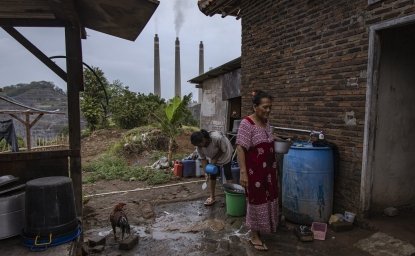
Photo Essay: Indonesia’s Decarbonization Tipping Point
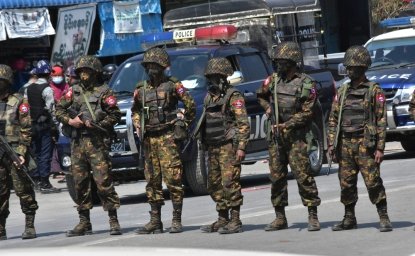
Myanmar Four Years After the Coup: Is the Resistance Gaining Momentum?
